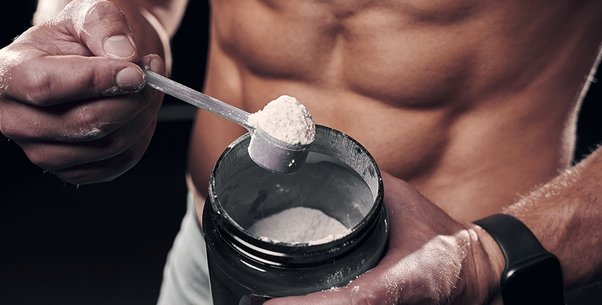Creatine is one of the most researched and widely used dietary supplements in the world of fitness and sports nutrition. It’s known for its potential to enhance athletic performance, particularly in activities that require short bursts of intense energy. In this comprehensive guide to creatine, we will explore what creatine is, how it works, its benefits, dosages, potential side effects, and how to incorporate it into your fitness routine.

**1. What is Creatine?
- Begin by explaining that creatine is a naturally occurring compound found in small amounts in certain foods and is also synthesized by the body. It plays a crucial role in the production of adenosine triphosphate (ATP), which is the primary source of energy for muscle contractions.
**2. How Does Creatine Work?
- Describe how creatine supplementation can increase the body’s creatine phosphate stores, allowing for a rapid replenishment of ATP during high-intensity, short-duration activities like weightlifting, sprinting, and jumping.
**3. Benefits of Creatine:
- Discuss the various benefits of creatine, including improved strength, power, and muscle mass. Mention that it may also have cognitive benefits and potential therapeutic uses.
**4. Types of Creatine:
- Explain the different forms of creatine available, such as creatine monohydrate, creatine ethyl ester, and others, and their effectiveness.
**5. Dosage and Loading:
- Provide recommendations on creatine dosage, including loading and maintenance phases. Explain that loading typically involves higher doses initially, followed by a maintenance dose.
**6. Timing and Stacking:
- Discuss when to take creatine (pre-workout, post-workout, or any time of the day) and whether it can be stacked with other supplements.
**7. Potential Side Effects:
- Address potential side effects and concerns, including gastrointestinal issues and kidney health. Emphasize that creatine is generally considered safe when used as directed.
**8. Who Should Use Creatine:
- Explain that creatine can benefit a wide range of individuals, from athletes and bodybuilders to those looking to improve general fitness and older adults aiming to maintain muscle mass and strength.
**9. Choosing the Right Creatine:
- Offer guidance on selecting a reputable and high-quality creatine product. Mention that creatine monohydrate is often the preferred choice due to its extensive research backing.
**10. Incorporating Creatine into Your Fitness Routine: – Provide practical tips on how to integrate creatine supplementation into a fitness regimen and mention the importance of consistency.
**11. Conclusion: – Summarize the key points discussed in the guide and reiterate the potential benefits of creatine for enhancing athletic performance and overall fitness.
In conclusion, a comprehensive guide to creatine should provide readers with a thorough understanding of this widely used supplement, its mechanisms of action, potential benefits, and practical considerations for safe and effective use. It’s essential to stress the importance of consulting with a healthcare or nutrition professional before starting any new supplement regimen, especially for individuals with underlying health conditions or concerns.

